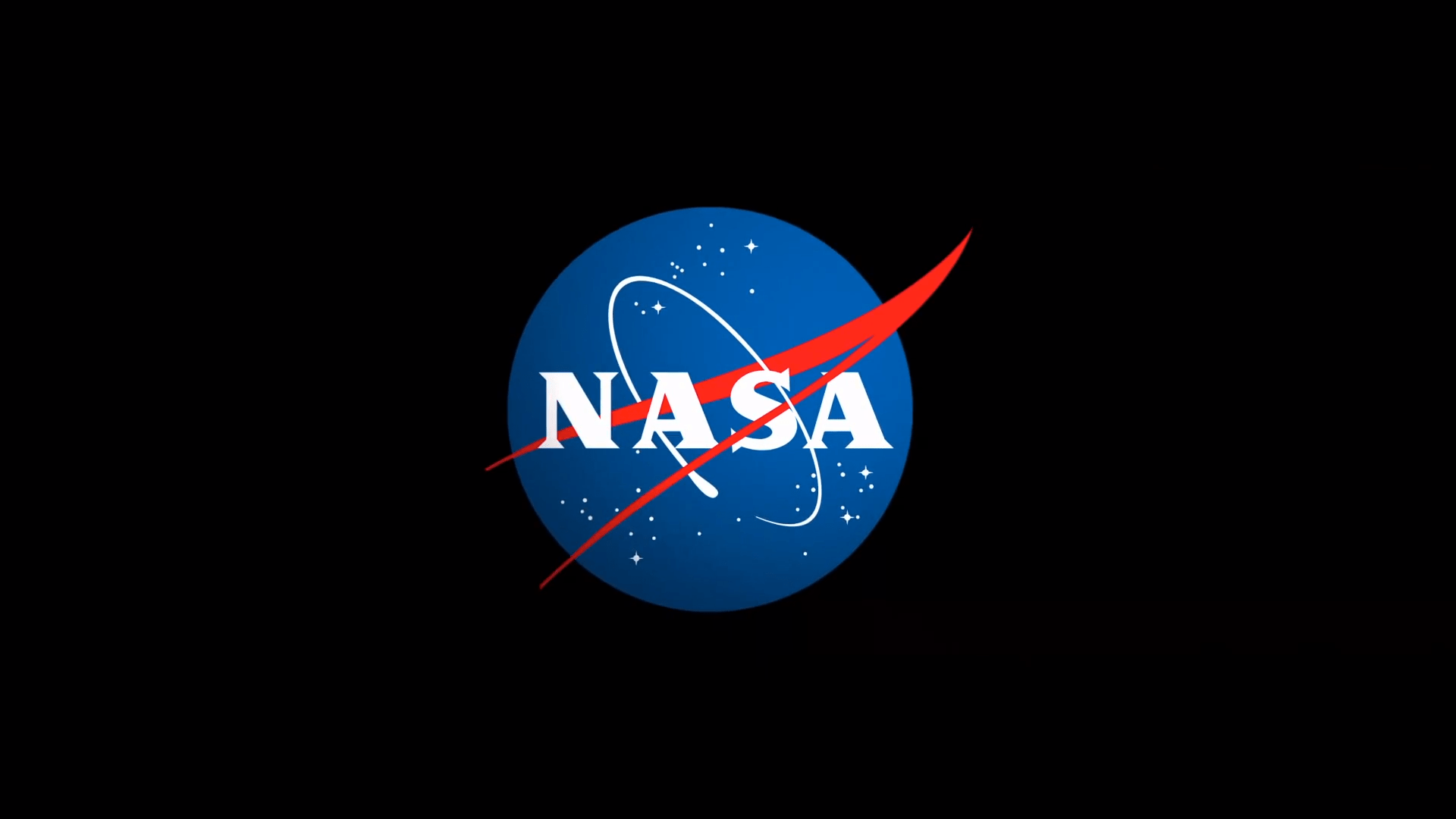Rosetta’s OSIRIS camera team has launched a new website to showcase their recent images of Comet 67P/Churyumov–Gerasimenko. The high-resolution images, taken either with the narrow- or wide-angle scientific imaging camera, will show the comet as recently as the day before. They will be posted to a dedicated website but followers can also subscribe to a mailing list to receive the images directly via email. The cadence of the images released will depend on the scientific operations of the spacecraft and in particular on the as-run OSIRIS observations on any given day, along with the availability of images downloaded from the spacecraft. A minimum of an image per week should be expected, up to an image a day if they are taken daily. “Following perihelion and a far excursion, we are now back at closer distances – about 100 km – to the comet, providing a view similar to that when we first arrived on 6 August 2014,” says Holger Sierks, principal investigator for the camera at the Max Planck Institute for Solar System Research in Göttingen, Germany. “We’d like to share this view with the community and the general public, in near-real time, as we re-approach and eventually descend to the surface of the comet.” The images will be released by a robotic system in JPG format, raw or calibrated as available, following a brief pre-selection by OSIRIS scientists. Basic ‘metadata’ stating the date, time, distance to the comet and the Sun, and the resolution of the image will be included with each. There will not be a detailed scientific description of the images because the goal is to provide up-to-date ‘postcards’ of the comet. Traditional image releases with scientific interpretation will still be made, separately, in the usual way. The images will also be added to our ESA galleries […]
from Rosetta - ESA's comet chaser » Rosetta - ESA's comet chaser http://ift.tt/21UMTA0
via
IFTTT

